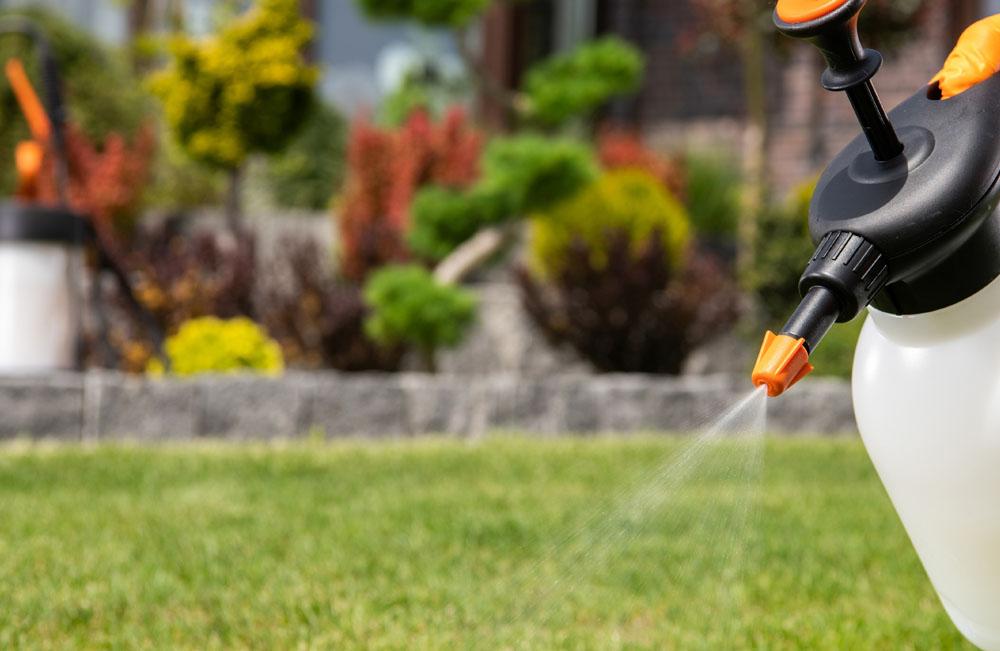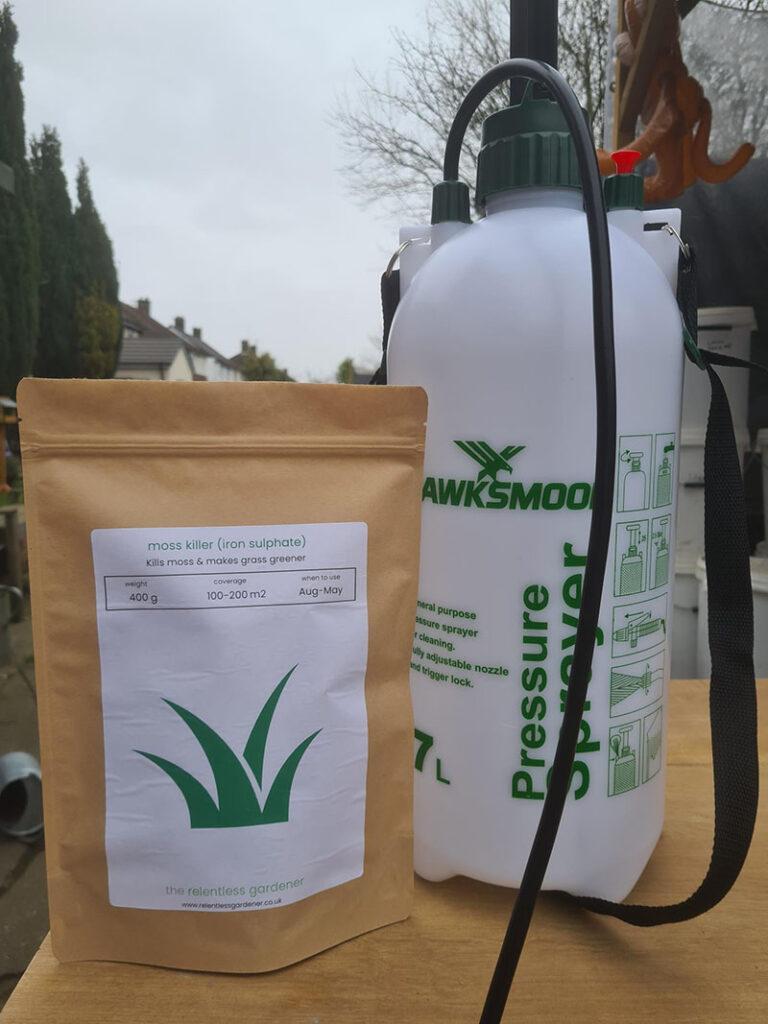
Created By
Matt Adams
Updated On
- February 29, 2024
Get FREE Exclusive Access
Keep your lawn pristine with exclusive tips, offers and insights that I only share with my private subscribers.
Latest Posts
Best Knapsacks, Sprayers or Sprinkle Bars for Lawn Feed, Fertiliser & Weed Killer
- By Matt Adams
- February 29, 2024
Jump to
Get FREE Exclusive Access
Keep your lawn pristine with exclusive tips, offers and insights that I only share with my private subscribers.
It’s absolutely essential that liquid fertiliser and liquid weed killers or weed and feed products need to be applied evenly across your lawn. To do so, you’re going to need either a watering can (+ sprinkle bar attachment), a hand-held sprayer or even a knapsack sprayer.
So, in this article I’m going through why, when and how you would use each of the above. I’ll touch on pricing and value of each too.
If you’re spraying weed killer or liquid fertiliser and your lawn is over 50m2 then you’ll definitely benefit from buying a sprayer. What’s more, if the area you’re covering is less than 50m2 then you’ll most likely benefit from buying a sprinkle bar a.k.a dribble bar (more on this below).
By the end, you should have a good understanding of the benefits of using different size sprayers, whether a knapsack or hand held as well as the options you have if you don’t need to cover such a large area.
There’s also a calculator at the end so you can work out which size would be best for your lawn. Remember to measure your lawn first though.
Firstly, let’s look at the difference between using a sprayer or a watering can.
Watering cans vs Sprayers
The main difference between watering cans and sprayers, when using liquid lawn care products, simply comes down to the required amount of water needed. A watering can needs a higher amount of water to be mixed with the solution than that of a sprayer. Meaning you’ll need to do more refills with a watering can to cover the same area as a sprayer.
For example, when using iron sulphate (for controlling moss), with a watering can, you need between 800ml and 1,000 ml water to 4g Iron Sulphate for every m2. Whereas with a sprayer, you’ll need just 200ml to 4g Iron Sulphate per m2 of coverage.
The main reason for this is that sprayer have much finer nozzles and can therefore have spray much more cover a larger area with less liquid.
Using Watering Cans or Small Sprayers for small lawns (up to 50m2)
For most small lawns, a simple watering can will do the trick. You can buy them in different sizes. Anywhere from 1 litre to 12 litre watering cans and in either plastic or metal. Personally, I prefer metal ones because they are more environmentally friendly but at least plastic ones aren’t single use – it should last you years.
As a reference, I have an 80m2 lawn and often use my 12 litre watering can for applying iron sulphate, which works perfectly fine. Though I still prefer a sprayer.
Sprinkle Bars for watering cans
A sprinkle bar is basically a plastic tool that connects to the head of your watering can. They’re relatively cheap and can be used with nearly all herbicides or feeds and fertilisers.
They’re great for achieving an even spread of liquid products because you simply walk up and down the lawn without the need to swing the watering can.
It also reduces the amount of fluid that’s released. Meaning your solution will last you longer when applying.
Hand held Pump Sprayers
If you have a small garden, it could still be worth investing in a small sprayer. Not only will it make your work quicker but it will also be easy to store. Note, when I say small, I’m talking about somewhere between 1.25 Litre and 3 Litre.
Based on the calculations above, you would get around 15m2 of iron sulphate applied when using a 3 litre sprayer.
Below is one of the cheapest hand held pump sprayers (for it’s size) on the market at around £13 for 7 Litres – it works perfectly well but isn’t the fastest at spraying the water out. So, it can take a lot longer with this spray 20m2 than it might other wise with a watering can but you’ll need to do a lot less trips.

Medium Sprayers for Medium lawns (50m2 to 200m2)
Choosing a medium sprayer will certainly set you back a bit more in terms of cost. But I’d highly recommend using a sprayer if you have a medium sized lawn. You’re probably going to want somewhere between 5 litres capacity and 8 litres.
Once again, based on the above example of 500ml of water per m2 when applying iron sulphate, you would be able to cover 10m2 with a 5-litre sprayer.
Even if you have a larger lawn, it could still be worth investing in medium sized sprayer because they will be lighter when full.
It’s important to note that some of the cheaper sprayers may require more pumping than some of the more expensive ones. So bear that in mind when budgeting.
Knapsack Sprayers for large lawns
These sprayers are much easier on the arm when covering a large area in one go. That’s because they can strap onto your back like a back pack. These come in varying sizes, however arguably the most popular are 12L to 16L.
Mainly because the bigger you go, the heavier they are on the shoulders.
Below is an example of the results you’ll get when searching in Google for a Knapsack Sprayer (note: this was taken in Jan-23 – click the image to do a search now)
As you can see from the image, you can even buy one as big as 20 Litre capacity. They also range a lot in price. I’d recommend spending around the £40-£60 mark if you want a half decent one. Leakage is one of the biggest problems with these types of sprayers.
Sprayer calculator for different applications
Use the calculator below to work out how many trips you might need to do based on the metre2 of your lawn and the size of sprayer you may want to buy or may already own.
Ultimately, I recommend choosing the best spreader for you based on the following criteria
- How many trips you want to do when aplpying different solutions
- How much you think you can lift
- How much you want to spend
- Whether you prefer to hold the sprayer or have it on your back


